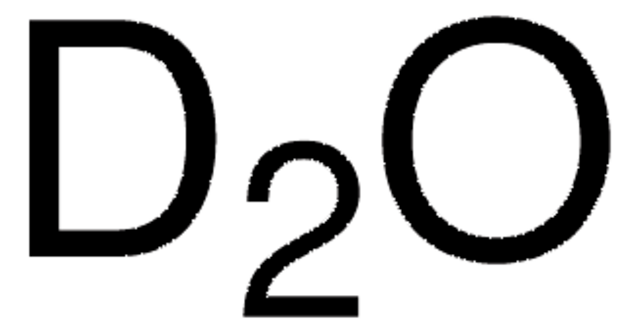추천 제품
설명
chemically reduced
형태
powder
구성
Carbon, ≥75 wt. %
Nitrogen, >5 wt. %
Oxygen, <22 wt. %
표면적
450 m2/g
전도도
>600 S/m
solubility
water: insoluble
유사한 제품을 찾으십니까? 방문 제품 비교 안내
일반 설명
애플리케이션
- chemical sensors, biosensors
- as transparent electrodes in light emitting diodes (LEDs) and ITOs
- in lithium ion batteries.
제조 메모
- Reduction method: Chemically reduced
- Color: Black
- Odor: Odorless
- Solubility: Insoluble
- Dispersability: It can be dispersed at low concentrations (<0.1mg/mL) in NPM, DMSO, DMF
- Electrical conductivity: > 600S/m
- BET surface area: 450 m2/g
Storage Class Code
11 - Combustible Solids
WGK
WGK 3
Flash Point (°F)
Not applicable
Flash Point (°C)
Not applicable
시험 성적서(COA)
제품의 로트/배치 번호를 입력하여 시험 성적서(COA)을 검색하십시오. 로트 및 배치 번호는 제품 라벨에 있는 ‘로트’ 또는 ‘배치’라는 용어 뒤에서 찾을 수 있습니다.
문서
Graphene oxide, a monomolecular layer of graphite with oxygen functionalities, holds unique properties valuable for various applications in materials science.
3D printing is a type of additive manufacturing that can be used to rapidly fabricate components with highly customizable geometries.
Fluorescence quenching microscopy visualizes 2D materials like graphene and MoS2 rapidly, inexpensively, and with high fidelity.
Since its discovery little more than a decade ago,1 the two-dimensional (2D) allotrope of carbon—graphene—has been the subject of intense multidisciplinary research efforts.
자사의 과학자팀은 생명 과학, 재료 과학, 화학 합성, 크로마토그래피, 분석 및 기타 많은 영역을 포함한 모든 과학 분야에 경험이 있습니다..
고객지원팀으로 연락바랍니다.





